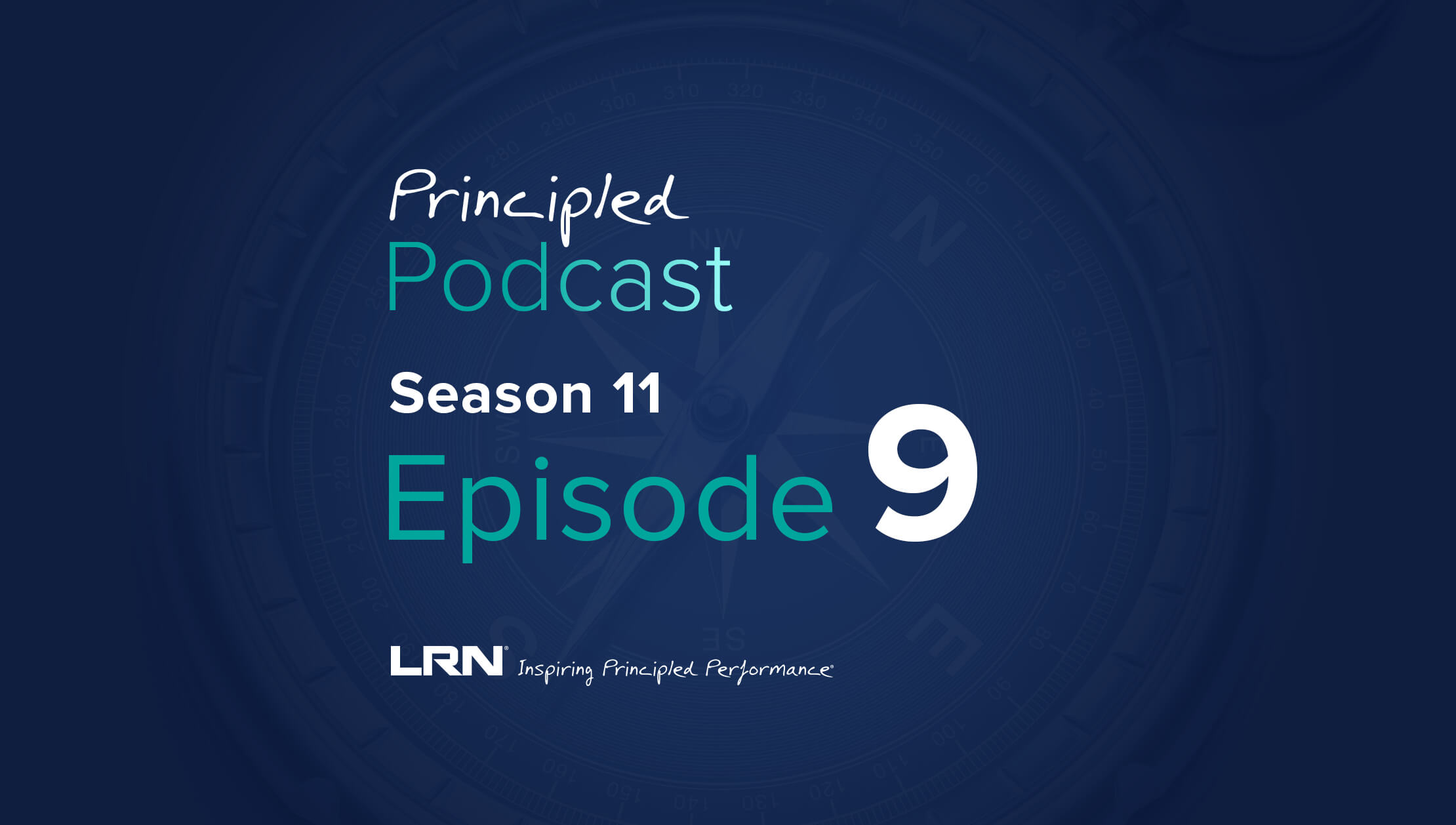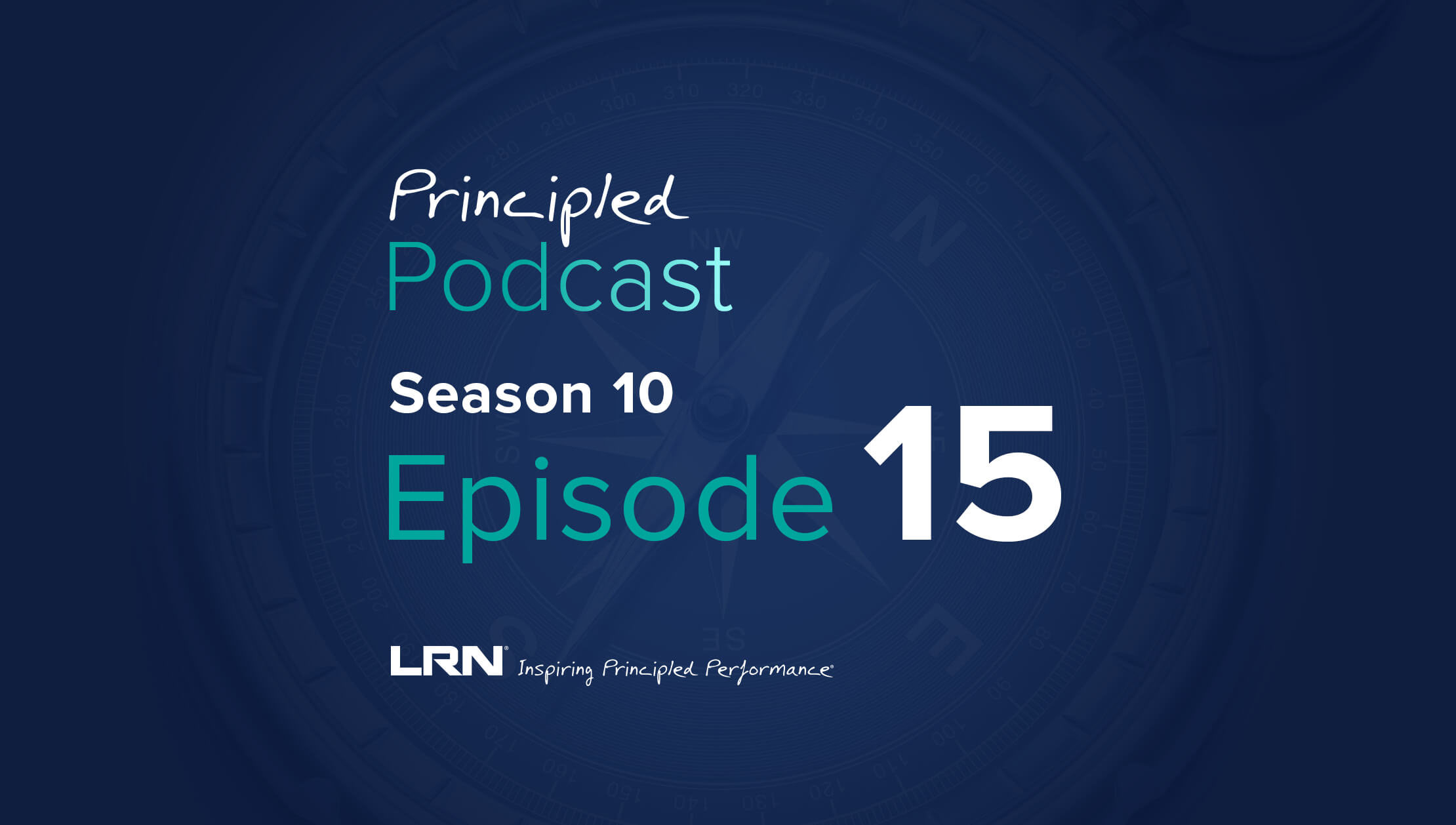Speaking up about corporate misconduct is on the rise, and employees are increasingly going directly to regulators. Case in point: reports to the SEC’s whistleblower program increased by 76% in 2021. It’s clear that if company leaders want employees to speak up internally, they need to speak out. That was the main source of discussion in the latest LRN webinar, “How to encourage speaking up in today’s age of whistleblowing.” The conversation was moderated by LRN Senior E&C Advisor Emily Miner and included the following featured panelists:
- Carlos Villagrán Muñoz: Gerente de Compliance at CMPC
- Tina Tolliver: Chief Compliance, Ethics & Risk Officer / Privacy Officer at Millennium Physicians Group
- Heidi Teresi: Director of U.S. Ethics and Compliance at Bausch Health Companies, Inc.
The group talked about how to build cultures of fairness, organizational justice, and speaking out inside organizations. LRN recently conducted an in-depth analysis of these important aspects of ethical corporate culture—including how misconduct is being reported (or why it isn’t) and what companies are doing in response. According to data from the LRN Benchmark of Ethical Culture report, companies with the strongest ethical cultures are in a more advantageous position to mitigate and properly address misconduct.
Why employees are whistleblowing externally rather than speaking up internally
The discussion began with an exploration of why more people are going to regulators rather than their organizations to report misconduct. The panelist talked about two of main reasons employees ultimately blow the whistle:
- Someone does choose to raise their concerns internally, but unfortunately to no avail. (For example, Tyler Schultz and Theranos.)
- Someone’s trust in their organization is so low that they don’t even attempt to use internal reporting channels. (For example, Frances Haugen and Facebook.)
The question, then, is how can organizations create environments where people feel more safe to speak up about their concerns? The panelists shared four best practices for building cultures of fairness and justice within their own organizations.
Make your speak-up program more accessible to employees
The key to making people feel more comfortable speaking up inside your organization, said Tolliver, is to make the communication channels and resources in your program easily accessible. In other words, meet employees where they are. For Millennium Physicians Group, this included:
- Presenting at new hire orientations.
- Adding key messages and E&C org charts on the company intranet and other widely used platforms—e.g., ADP.
- Communicating through a dedicated E&C newsletter.
- Including an easy-to-use reporting system on company devices. The company has a “Report it” icon on all laptops that, when clicked, sends an instant alert to the E&C function about an employee concern.
Tolliver also talked about the importance of branding E&C programs to be more accessible. Emphasizing connection and community when talking about your hotline, reporting channels, and wider E&C team. Putting faces to names and using language that is approachable can help remind employees that you are there to hear their concerns and provide support.
Offer whistleblower training on handling misconduct reports and encouraging speaking up
Managers, said Teresi, are the first line of defense when it comes to reporting misconduct in an organization. LRN research confirms this: the LRN Benchmark of Ethical Culture found that employees in organizations with healthy ethical cultures are 1.8x more likely to report their concerns to their immediate manager.
To help managers understand their obligation to effectively address concerns from their direct reports, Bausch Health Companies created manager-specific whistleblower training. The organization also developed a manager-specific resource that breaks down the subsequent investigations process, helping demystify what the next steps are and how to ensure confidentiality. Together, these materials give managers the tools to encourage their team to come to them with concerns and clarify how reporting misconduct works.
When building a speak-up program from scratch, start with the basics
Villagrán Muñoz talked about how kicking off an ethics and compliance function, which CMPC did in 2018, is no easy task—especially for a more traditional, blue-collar company that had no prior speak-up culture or leadership model to reference. The key, he said, is to start with the basics.
For Villagrán Muñoz’s team, that meant focusing first on the compliance components of their role: talking to employees about the regulations and rules, as well as explaining that each team member has a duty to report misconduct if they observe it. From there, the E&C team introduced the idea of how CMPC’s values can help inform the way employees behave, make decisions, and use their voice. Part of this effort included training with language that emphasized how ethical conduct informs company strategy and standards of work.
Speak out with other team members to encourage speaking up
Both Tolliver and Teresi emphasized the importance of having the ethics and compliance function meet routinely with other business units. It helps ensure that E&C is woven into annual business goals and strategy, and it presents an opportunity for the E&C team to explain in a more personal way why raising concerns actually matters to business performance. The two also talked about the value of having an E&C ambassador program (sometimes referred to as ethics liaisons) comprised of volunteer employees who can help champion the message of speaking up.
The key takeaway
Improving levels of trust and faith in organizational justice processes begins with empowering people to use their voice. Here are some additional resources about how to create a speak-up culture within your own organization:



